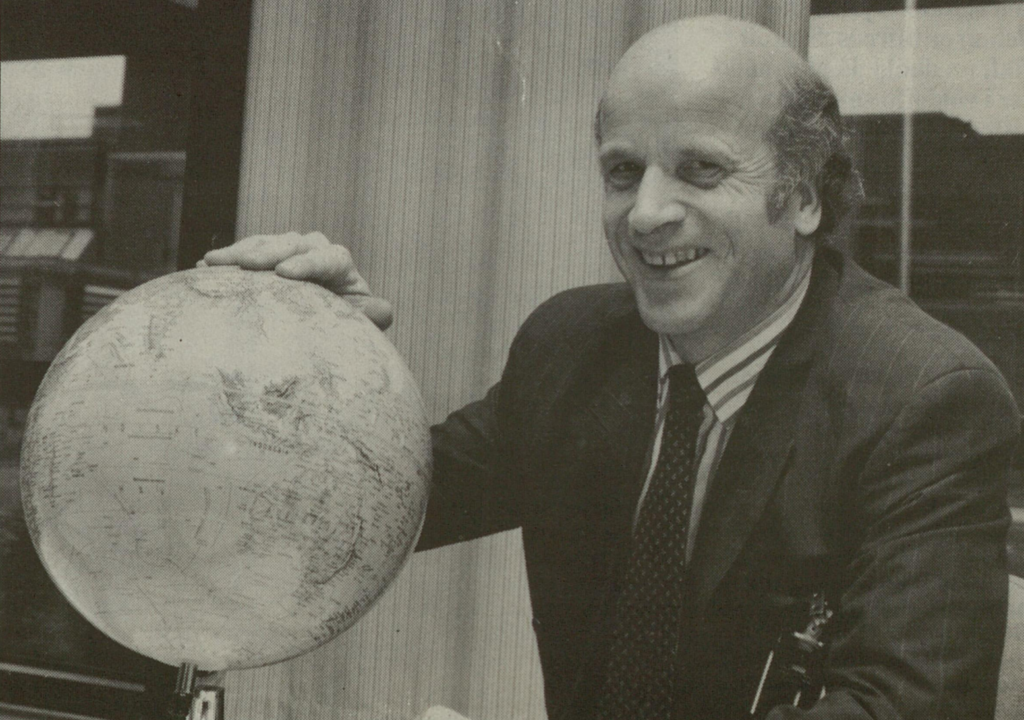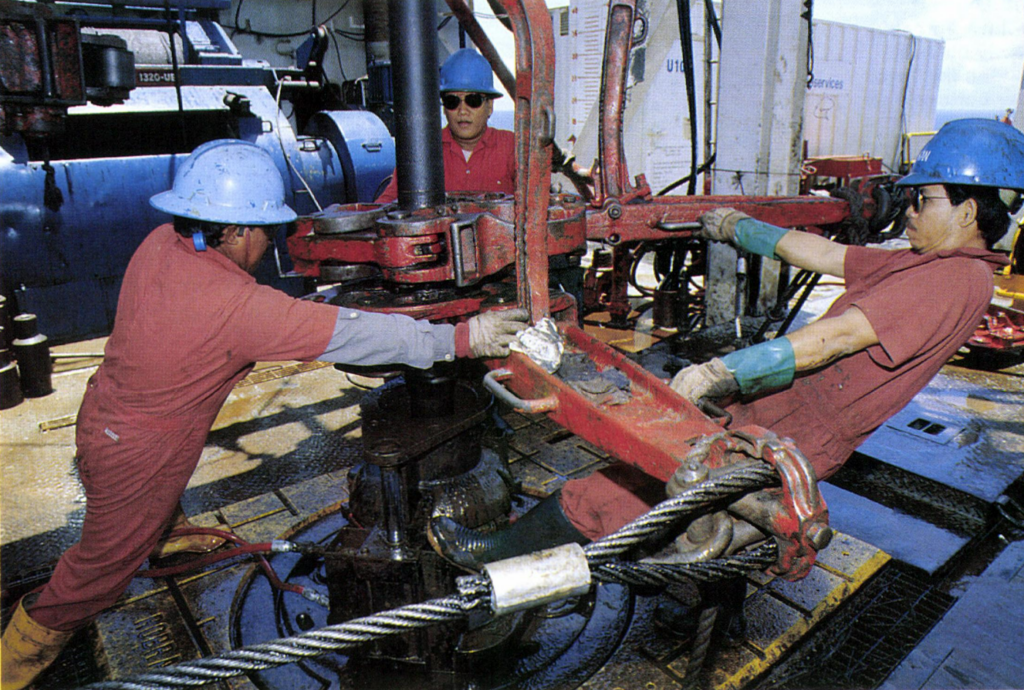Ten years in Thailand

The big Bongkot gas discovery was made in the late 1980s off the coast of Thailand, and the government wanted to utilise its reserves to fuel a power station which could replace generating capacity burning imported oil. Like Norway, Thailand had established PTT Exploration and Production Public Company Limited (PTTEP) as a state oil company to protect national interests in its petroleum resources.[REMOVE]Fotnote: https://www.pttep.com/en/Aboutpttep/Pttepmilestone.aspx. This had a 40 per cent interest in Bongkot and an option to take over the operatorship in the long term. As a newcomer, PTTEP was dependent on foreign expertise and capital. The other partners in developing and operating the field were Total (30 per cent), British Gas (20 per cent) and Statoil (10 per cent).[REMOVE]Fotnote: Status, 14 March 1990, “Statoil inn i Thailand”.
Tropical kingdom

What sort of country was Statoil getting involved in? Thailand is the only south-east Asian country which never came under European domination. It was on the Japanese side in the Second World War, but was not as severely punished afterwards as its ally. The USA regarded Thailand as the most important front line against Communism in south-east Asia, and gave it economic support in the 1950s.
The former rural society rapidly industrialised after 1960, and experienced fabulous economic growth. Agriculture provided the most important export commodities. Thailand was the world’s largest exporter of rubber and rice, as well as selling much fish, wheat and sugar. Tourism also played a big part in the economy.
Ever since the absolute monarchy was abolished in 1932, the country has been characterised by political tensions between the military, elected representatives and the king. The army has been very influential, frequently deposing democratically chosen governments under the pretext of protecting the monarchy. Oppressive regimes governed until the country became more democratic in the 1990s.[REMOVE]Fotnote: https://www.fn.no/Land/thailand. During that decade, Thailand experienced economic progress despite many political and economic antagonisms smouldering beneath the surface.
Brief involvement
When Statoil decided to become established in Thailand, the country was regarded as stable and secure. The company’s house journal found it positive that the country, like Norway, was a constitutional monarchy. In the 1990s, Thailand had a democratic form of government with several political parties. A liberal industrial policy was pursued, which made it easy for foreign companies to get involved. Given the growing economy, energy consumption was expected to rise sharply. Producing gas for the Thai market therefore looked like a good business. Project director Tore Sund expected Statoil Siam to begin making satisfactory profits quickly.[REMOVE]Fotnote: Status, 14 March 1990, op.cit. The subsidiary also acquired a 45 per cent stake in a Unocal-operated licence covering block B10/32 in the Gulf of Thailand, and became involved with exploration licences in the Andaman Sea.

When Bongkot came on stream in the Gulf of Thailand during 1993, it produced gas and condensate (a light oil which condenses from gas). The licence embracing the field covered 3 000 square kilometres – roughly the size of six Norwegian North Sea blocks. At almost 40 billion cubic metres of gas, Bongkot’s estimated reserves when production began were larger than earlier thought. New discoveries were also made.[REMOVE]Fotnote: Annual report, 1993, Statoil. Statoil was committed to exploring for more deposits in the licensed area, which involved drilling three wells over six years.[REMOVE]Fotnote: Status, 14 March 1990, op.cit. That was expected to double reserves and extend producing life to 30-40 years.
Statoil could announce in 1996 that a contract had been entered into to increase gas sales from Bongkot. A significant improvement in profitability had been achieved through higher condensate production and increased gas prices, combined with reduced operating costs.[REMOVE]Fotnote: Annual report, 1996, Statoil.
Despite this positive trend, the company began selling out of Thailand as early as 1997. PTTEP took over the Bongkot operatorship in 1998, and the other engagements in the country were also wound up. Statoil wanted to withdraw because opportunities for securing operatorships appeared limited – and such responsibilities were precisely what it wanted at the time.

Moreover, crude prices fell to a low point in 1998-99. That put many oil companies under pressure – including Statoil. It wanted to concentrate its international operations in countries where achieving higher growth and value creation was possible. Significantly, the title of the annual report and accounts for 1999 was A more focused Statoil. The Caspian, Angola, Venezuela, the Gulf of Mexico and the UK continental shelf stood out as the relevant areas for a continued Statoil commitment.[REMOVE]Fotnote: Statoil Magazine, no 1, vol 21, 1999.

The involvement in Thailand thereby ended as a parenthesis in the company’s history, without big gains. And commitments in other east Asian countries such as Vietnam and China had a similar outcome.
arrow_backWooing the state oil companiesVeslefrikk – recycled floaterarrow_forward